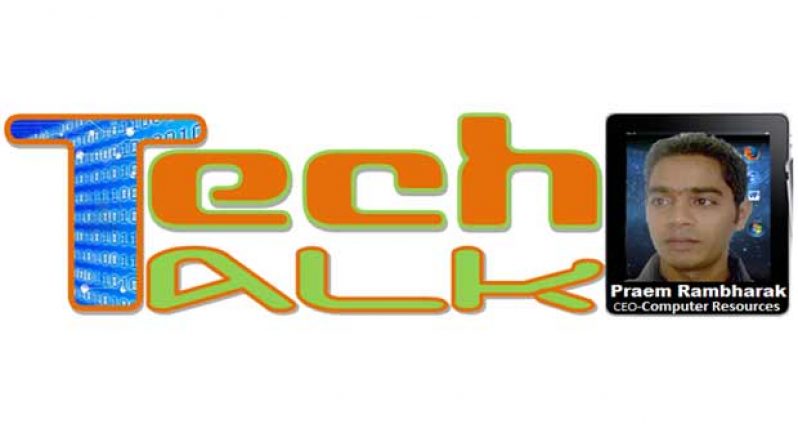Google is an American multinational corporation specialising in Internet-related services and products. These include search, cloud computing, software and online advertising technologies. Google was incorporated Google as a privately held company on September 4, 1998. An initial public offering followed on August 19, 2004. Its mission statement from the outset was “to organize the world’s information and make it universally accessible and useful.
Google was incorporated Google as a privately held company on September 4, 1998. An initial public offering followed on August 19, 2004. Its mission statement from the outset was “to organize the world’s information and make it universally accessible and useful.
As of 2013, Google had 47,756 employees (in the fourth quarter, including the Motorola subsidiary), among them more than 10,000 software developers based in more than 40 offices
The next step after Google Glass high-tech specs could be contact lenses with cameras in to take pictures when you blink and to help the blind across the road
Google has filed a US patent for embedding microscopic cameras into contact lenses, enabling the wearer to take photographs of their direct line of vision.
The patent detailed how wearers will be able to control the camera through a sophisticated system using the owner’s unique blinking patterns.
Each lens could be designed to contain several tiny camera components and sensors which could be programmed to detect light, colour, specific objects, faces and motion without obstructing the vision of the wearer.
The device could be potentially life-changing for blind users, as the camera and analysis components could process image data to determine the wearer is approaching a busy road, for example.
The lens could then issue a command to a remote device, such as a smartphone, to omit a voice-generated warning about the impending road
Earlier this year the company unveiled a prototype contact lens it had been developing to monitor glucose levels in the tears of diabetics.
The lenses use a minuscule glucose sensor and wireless transmitter to help those among the world’s *380 million diabetics who need insulin keep a close watch on their blood sugar and adjust their dose.
The device, which looks like a typical contact lens, contains two twinkling glitter-specks that are loaded with tens of thousands of miniaturised transistors and is ringed with a hair-thin antenna.
 Although still apparently hypothetical, the patent combines ideas from Google Glass smart glasses and Google’s tear-scanning smart contact lenses. Highlighted by Patent Bolt, the smart contact lens patent posits sensors in the lens that can look for light, colours, faces, movement and even specific objects.
Although still apparently hypothetical, the patent combines ideas from Google Glass smart glasses and Google’s tear-scanning smart contact lenses. Highlighted by Patent Bolt, the smart contact lens patent posits sensors in the lens that can look for light, colours, faces, movement and even specific objects.
The sensors sit under the pupil on the lens, so even though the lens would move with your eyeball as you look around you can still see.
Obviously, big tech companies patent stuff all the time, and only a fraction of that ever makes it to shipping products. Plus, wearing contacts is something that anyone who doesn’t have to likely won’t warm up to easily. Still, as an assistive device, and an alternative to other, more obvious gadgets and intrusive tech like hearing aids or cochlear implants, this could be a tech that has legs in the near future.
NASA PLANTING LETTUCE IN SPACE
First we sent a man to the moon, and then we sent a robot rover to Mars, so obviously the next step is to cultivate a mini-farm in outer space. NASA will be collaborating with the private space shuttle company SpaceX to launch a capsule with a plant growth chamber called “Veggie” in it, where astronauts will be growing and cultivating red lettuce.
NASA stands for National Aeronautics and Space Administration. NASA is a United States government agency that is responsible for science and technology related to air and space. The Space Age started in 1957 with the launch of the Soviet satellite Sputnik. NASA was created in 1958. The agency was created to oversee U.S. space exploration and aeronautics research.
With this experiment, scientists are attempting to see how well plants grow in orbit since no one knows what the lettuce grown in orbit will look or taste like. Cherry blossom seeds that were brought back from a satellite orbiting the Earth were planted and grew six years faster than normal and produced less petals than the mother tree.
Astronauts longing for fresh lettuce in orbit will soon have the chance to grow it for themselves. When the private spaceflight company SpaceX launches its next Dragon cargo mission to the International Space Station the capsule will be carrying a small plant growth chamber built to let astronauts grow “Outrageous” lettuce in orbit.
The goal of the Veg-01 experiment is to see how well plants grow in orbit. If these early tests go well and the food proves safe, scientists hope to expand the menu.
Veggie will provide a new resource for astronauts and researchers as we begin to develop the capabilities of growing fresh produce and other large plants on the space station.
Space is at a premium on a spacecraft and also on the International Space Station, so the Veggie chamber is built to collapse for transportation and when it is in storage. When fully deployed it’s about 1.5-feet long, making it the biggest such plant chamber in space to date.
A version of the chamber has been tested on the ground, where lettuce and radishes were successfully grown at the Kennedy Space Centre’s space life sciences laboratory. Veggie was developed by Madison, Wis.-based Orbital Technologies Corp. Let’s hope the fellas up there will have some freshly grown lettuce soon.
Contact Lens with Camera
SHARE THIS ARTICLE :
Facebook
Twitter
WhatsApp




.png)









